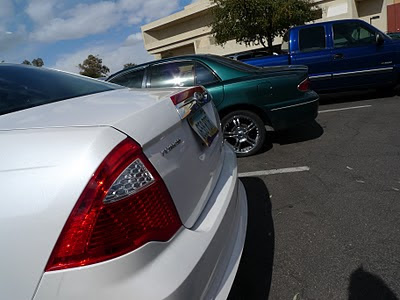In late March in this part of New York, the landscape is painted entirely in shades of tan and gray and brown. The roads still crackle with sand and fallen sticks. Some lawns have a hint of green, and the limbs of some shrubs are beginning to bud out. Piles of stale snow, left in out-of-the-way corners here and there, remind the visitor that it is not really warm yet, and it might just storm one more time.
My oldest son and I took a walk in woods before he had to rush off for class. We saw a pair of old yellow labs out there, enjoying a not-too-cold day outdoors. One dog was still very outgoing, and walked with us for a few yards before his distracted owner interrupted her phone conversation to call her dog back to her. The other dog was past the point of saying hello to strangers, and was trotting along stiffly and pleasantly, going about his doggy business with both the focus and the fog that is an elderly dog. Old dogs sometimes seem propelled by a drive to get somewhere very important, and all the while have a completely blank and lost expression. Being walked has become a reflex. Knowing the destination has become superfluous.
Just over two years ago, on March 7, 2009, our old dog Wheatie had his last day. He was 14. He had been having a hard time getting up and lying down and going up stairs and coming down stairs. He was no longer housebroken. I think a lot of other people would have put him down a long time before that day, but he still enjoyed a lot of things in his life, like walks, treats, and being the boss of Captain. March 6, he had not eaten his breakfast and he fell violently down the stairs and I suddenly knew it was time. Otto and I took him to the vet the next afternoon. Even the vet cried; she had known him his whole life.
He came to us as a puppy, the last to go from his litter, because he was the runt. Wheatie had one eye that maybe did not quite line up when he looked at you. One eye seemed to focus on the side of your head, or maybe something behind you. I did not ever believe he would have saved me heroically from an attacking bear or purse-snatcher, but he was sweet. When you filled the bathtub with warm water for the kids to take a bath, he would always get it in as if it were for him. Happy, easy, and not particularly bright or energetic, Wheatie was a very good family dog.
Having pets connects us to the simplest pleasures: a walk, dinner, a drink, a warm spot to nap in, being petted. Losing them reminds us that none of us get to be alive for very long. Each of us, in fact, is marching along, superfluous to the destination.






















